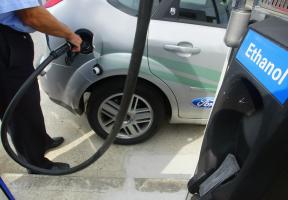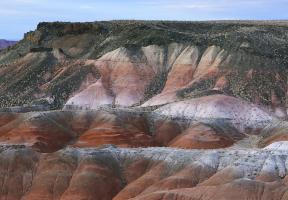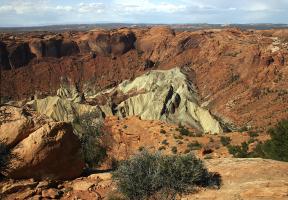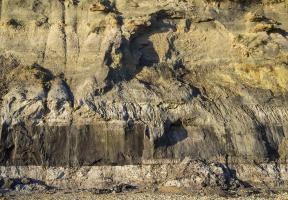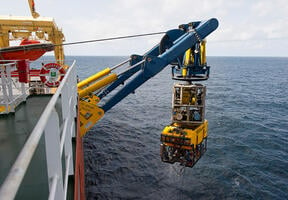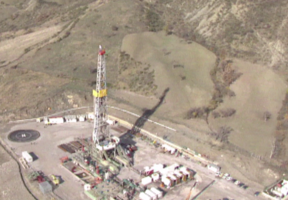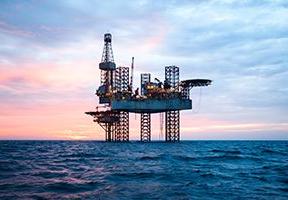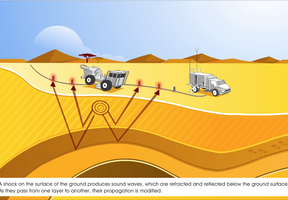From Traps to Commercial Deposits
5 min read
Commercial oil and gas deposits occupy closed spaces created by deformations in geological layers. These spaces, known as traps, must be large enough to make developing the economically viable.
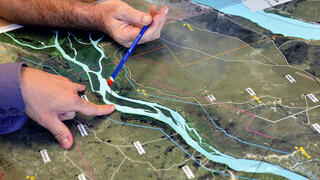
© L. ZYLBERMAN / TotalEnergies - Analysis of aerial images to understand the geological features around Kampala, Uganda.
We’ve explored how hydrocarbons form and migrate to the surface — but how does the actual deposit come to be?
Reservoir rock, which is both porous and permeable, can hold a given quantity of hydrocarbons. , which seals these reservoirs, stops the hydrocarbons from migrating upwards to the surface.
But before a deposit can be formed, these hydrocarbons must also be sealed in a closed space called a trap.
About Oil and Gas Traps
There are two main types of trap:
- Structural traps, which are formed by changes in geological layers caused by the movement of tectonic plates. Reservoir rock is sometimes deformed until it forms a completely sealed space. These anticlinal traps are dome-shaped and the most common type of structural trap.
- Stratigraphic traps are made up of sedimentary layers that have not undergone tectonic deformation. In this case, a cap rock completely seals off the reservoir rock. For example, salt domes can act as cap rocks in this type of trap.
The trap contains hydrocarbons, but also residual water. Because they are lighter than the water, the hydrocarbons migrate above the water table.
Hydrocarbon traps can contain:
- Oil, with significant quantities of dissolved gas.
- Gas, with light liquid hydrocarbons known as .
- Both oil and gas. In this case, the gas, which is lighter than the oil, accumulates in the upper part of the trap.
If the reserves are developed, the gas dissolved in the will be turned into , used primarily as . Condensate will be refined to produce naphtha, used as a feedstock in the petrochemical industry, or kerosene, a fuel used in aviation.
Conserving Hydrocarbons
Once trapped, the hydrocarbons are still at risk of deterioration that could prevent the formation of a commercial deposit.
At depths of less than 1,000 meters, the accumulation can be infiltrated by meteoric water (precipitation). This water contains and oxygen that come into contact with the gas and oil, triggering chemical reactions that separate them into water and carbon dioxide.
Bacteria and oxygen start by attacking light and medium hydrocarbon molecules. After a period of time, the initial oil is significantly degraded, leaving only viscous, solid hydrocarbons that are more difficult to extract than non-degraded oil or gas.
Below 1,000 meters, the temperature is in most cases higher than 50°C and the bacteria that cause the degradation cannot survive. Although no longer threatened by bacteria or oxygen, traps located deep underground can be affected by tectonic activity — some traps have even been created this way. This can cause fractures and faults in the rock, breaking the seal and letting the hydrocarbons leak out of the trap. More violent tremors can even destroy the trap by substantially reducing or destroying the seal.
Find out everything you need to know about unconventional hydrocarbons.



